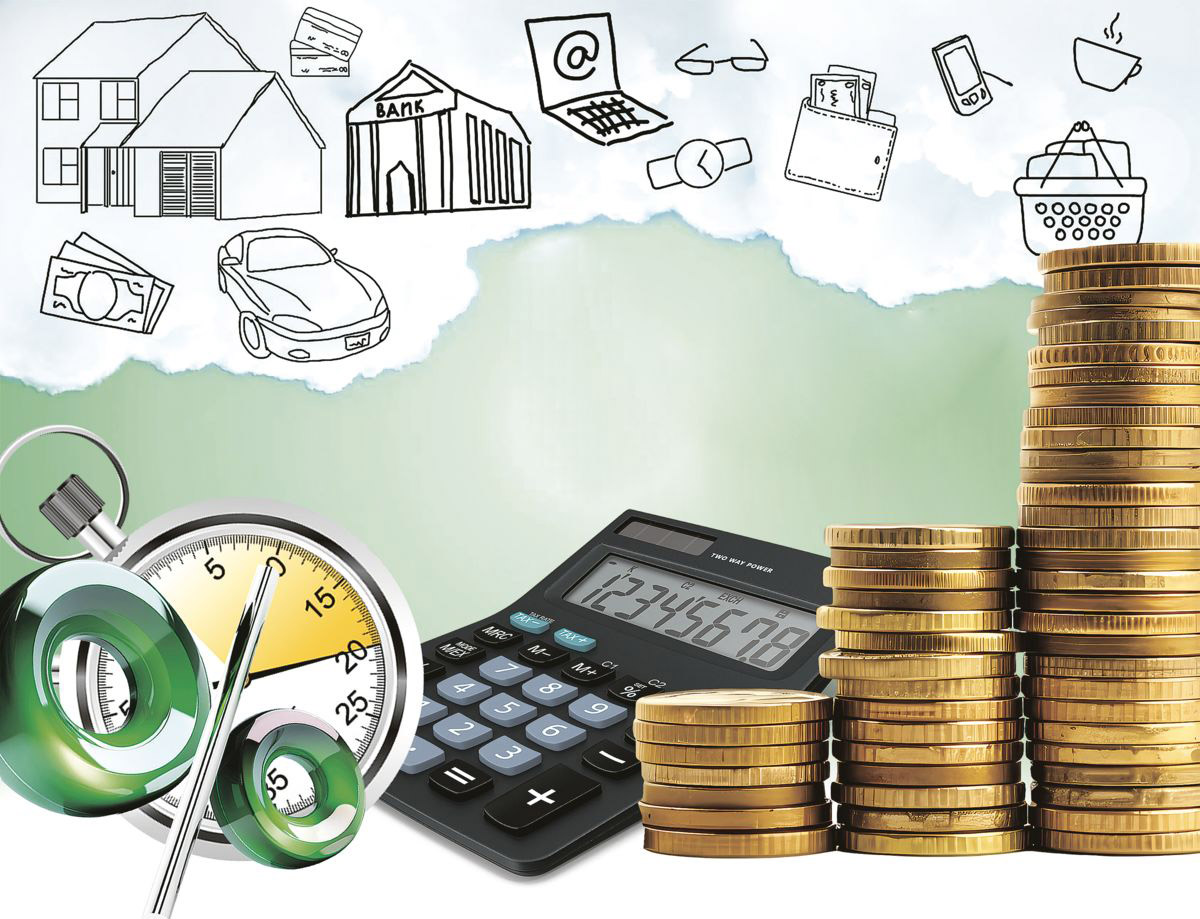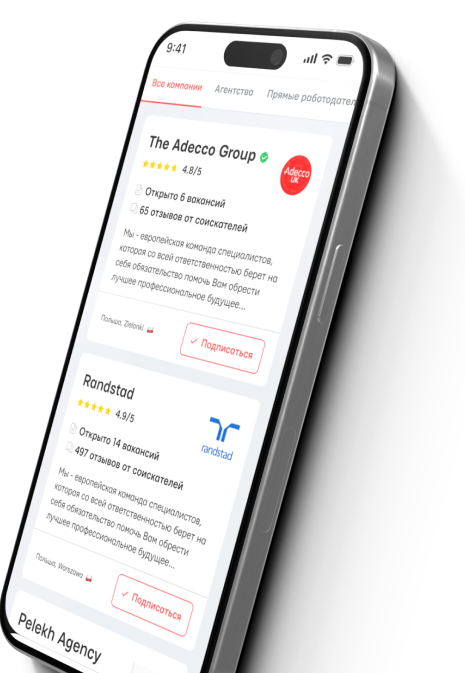What is return leasing in simple terms.


Leasing is an excellent tool for purchasing real estate or a car. In addition to the concept of leasing, there is also the concept of return leasing. Therefore, it is important to understand what this is in simple terms and how it works.
It is useful for everyone who wants to purchase movable and immovable property in the long term to understand the topic of what return leasing is.
What is return leasing?

It should begin with the fact that leasing has long established itself as a simple and understandable way to purchase a certain product. At the same Time, return leasing is a financial instrument that is gaining popularity in Ukraine. It allows businesses to effectively manage their assets and liquidity. To put it simply, it is a kind of transaction. According to this transaction, there is a company that sells property to another company (the leasing company). Then the first company rents the same property back with the right to purchase it later.
A few words need to be said about how return leasing works:
- First, the selling company transfers the property (for example, equipment, cars, real estate) to the leasing company. This process happens first (a mandatory condition).
- After that, the leasing company returns this property to the seller for rent with a subsequent option to purchase.
So the process is simple and understandable. To put it even simpler, the business gains access to funds while remaining the owner of the property under the terms of the lease.

To make it clearer, we can take an example. For instance, a company has a truck worth 1 million hryvnias. The company has a need for funds for expansion. Instead of selling the vehicle on the open market, the company enters into a return leasing agreement. According to this agreement, the leasing company buys the truck for 1 million hryvnias. After that, the truck is returned to the company for rent for an agreed period. During this time, the company uses the vehicle but pays leasing fees monthly.
What are the benefits of such leasing?
Return leasing has clear advantages. Here’s what it’s about:
- This allows for quick access to funds. Selling property allows necessary resources to be received without the need for a loan.
- Through leasing, control over assets can be gained. The company continues to use the property even after its sale.
- It is also possible to optimize taxes. Leasing payments can be included in the company's expenses, thus reducing the taxable base.
- Such agreements have flexible terms. Leasing companies offer individual payment schedules, which is convenient for business.
- There are no limitations like those in loans. Unlike bank loans, return leasing is easier to arrange, even if the company has faced financial difficulties.
Thus, this leasing is not only understandable but also very effective.
The necessity of return leasing

Return leasing is suitable for some companies but not all. It has its specific mechanisms. So, who might find it useful:
- Companies looking for additional funds for expansion.
- Companies that don’t want to lose control over important assets.
- If a company has property that can be leased (vehicles, equipment, real estate).
- If a company wants to avoid lengthy banking procedures and strict conditions.
This type of leasing has its peculiarities, especially when it comes to Ukraine. In 2024, return leasing became particularly relevant for Ukrainian businesses. Economic instability and limited access to bank lending push companies to seek alternative sources of financing. Nevertheless, leasing will remain a relevant type of transaction.

What are the features of return leasing in Ukraine:
- Leasing transactions are regulated by Ukrainian laws, making them transparent and safe.
- In Ukraine, the most common properties for return leasing are: commercial real estate, vehicles, and specialized equipment.
- The terms of return leasing vary depending on the company but are typically more favorable than bank loans.
This type of transaction will remain relevant in the coming years.
What are the risks of return leasing?
This process is popular, but it has its features and downsides. Here’s what it entails:
- There is a risk of losing assets. If a company cannot make leasing payments, the property will remain with the lessor.
- There is also a burden on the business (long-term and constant). Monthly payments can be a significant burden for the business.
- Furthermore, leasing necessitates strict planning. Before signing a contract, it is essential to evaluate whether the business can handle the payments.
Moreover, finding a leasing company in Ukraine requires effort. However, a good company reduces all risks.
How to choose a good leasing company:
- First, check the company’s reputation. Review ratings and feedback about the leasing company.
- Carefully review the contract terms. Check rates, fees, and additional clauses.
- Also, examine the flexibility of the payment schedule. Choose companies that offer customized conditions.
Always check the transparency of the transaction. All terms should be clearly outlined in the contract.

In summary, it is beneficial to weigh all the pros and cons, as well as consider all risks that could harm the business. After all, the most significant risks to a business involve cash losses. Such losses can be critical for small businesses.
In general, return leasing is an effective way to acquire resources for business development without losing control over essential assets. In the context of economic instability in Ukraine, this tool has become an excellent alternative to traditional lending. It can be used, especially in the case of businesses. Ultimately, it's crucial to evaluate the pros and cons of such transactions.
Read also
- What is MoneyGram in simple words
- What is needed for transferring and receiving money via Western Union
- What is Western Union in simple words
- Who is an acquirer in simple terms
- Who is an issuer in simple terms
- Is it possible to send money by mail abroad









